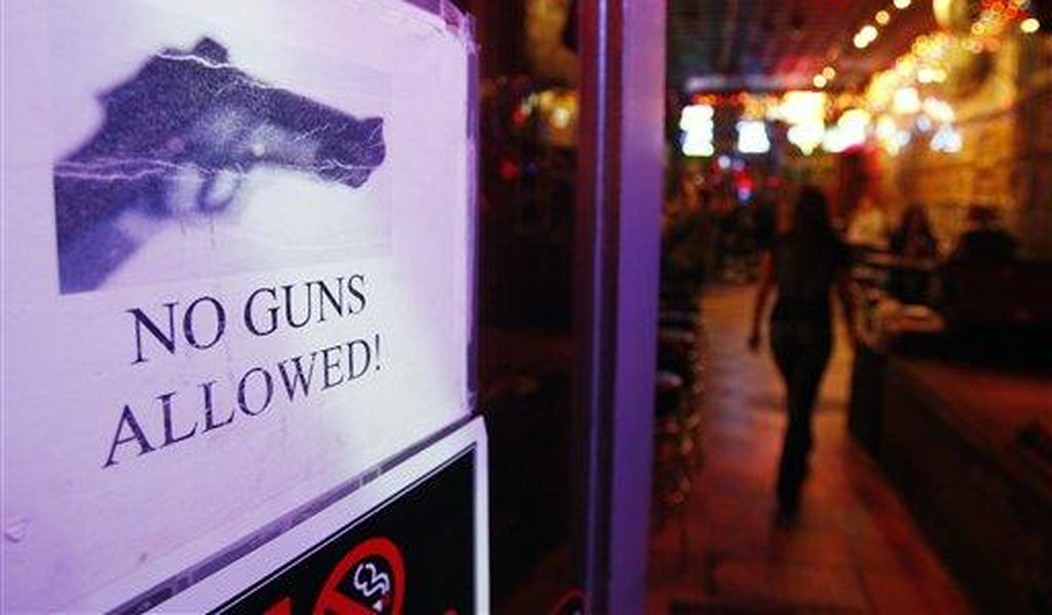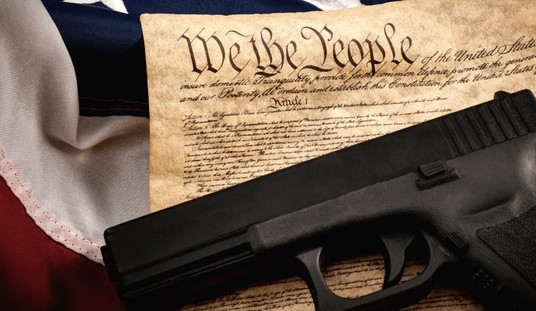While a federal judge has placed several aspects of New Jersey’s post-Bruen restrictions on the right to bear arms on hold by granting a temporary restraining order, the ultimate fate of the law is still very much in question. The next major step in the legal process to undo the multiple infringements is a hearing on a preliminary injunction, and while U.S. District Judge Reneé Marie Bumb has not yet scheduled oral arguments, both plaintiffs and defendants have been briefing the court on their respective positions.
Acting New Jersey Attorney General Matthew Platkin filed the state’s response to the plaintiffs’ request for an injunction with the federal courts on Monday afternoon, and even a quick perusal at the document shows a tendency to try to rewrite history to fit the state’s preferred narrative; not only in terms of the supposed historical analogues that are meant to buttress New Jersey’s case, but even in Platkin’s description of more recent history. Here’s how the AG described the ongoing litigation against New York’s similar restrictions:
And, since this Court’s TRO ruling on January 9, 2023 in Koons, the Supreme Court has determined that a similar New York law should not be enjoined while that litigation is ongoing.
See Antonyuk v. Nigrelli, 143 S. Ct. 481 (2023). That indicates two things: first, that those Plaintiffs had not shown that an injunction was warranted, and second, that issuance of those injunctions was so erroneous that the Second Circuit stepped in with emergency orders to stay them—stays that the Supreme Court left undisturbed. All of the injunctive-relief factors—including the fact that an overwhelming body of history and historical analysis supports the State’s arguments on the merits—indicate this Court should act consistent with the orders of the Second Circuit, the only court of appeals to consider the question, and leave the challenged provisions in place while this suit proceeds.
The Supreme Court’s decision not to intervene in the New York case is most assuredly not an indication that the Court agreed with the Second Circuit’s decision to stay the injunction issued by U.S. District Judge Glenn Suddaby. In fact, Justices Alito and Thomas explicitly stated that the decision not to intervene “reflect[s] respect for the Second Circuit’s procedures in managing its own docket, rather than expressing any view on the merits of the case.” The pair went on to reassure the plaintiffs that they “should not be deterred by today’s order from again seeking relief if the Second Circuit does not, within a reasonable time, provide an explanation for its stay order or expedite consideration of the appeal,” which certainly doesn’t sound like the Supreme Court had decided Suddaby’s injunction was in error or that the Second Circuit made the right call by staying the injunction.
Sadly, that’s not the end of Platkin’s historical revisionism, which extends to many of the statutes that he cites in support of New Jersey’s many “sensitive places,” including the private vehicles owned by concealed carry holders. Platkin says that the lack of laws banning carrying of firearms in public or private transportation in the 18th and 19th centuries should be no impediment to the state’s current requirement that concealed carry holders unholster and lock up their firearms every time they get into their ride, because some states adopted restrictions on transporting firearms in the 20th century.
…as to private vehicles, Section 7(b)(1) passes constitutional muster because the “regulatory challenges posed by firearms [in private automobiles] today are not … the same as those that preoccupied the Founders in 1791 or the Reconstruction generation in 1868,” when automobiles did not exist. Bruen, 142 S. Ct. at 2132. Given the speed of modern cars, the great distances they can travel, and the existence of an organized police force that conducts routine traffic stops, the Court must take a “nuanced approach” because past legislatures did not face such “unprecedented societal concerns or dramatic technological changes.”
Indeed, the advent of cars brought contemporaneous state regulation of carrying firearms therein. See, e.g., Ex. 16 (Iowa in 1926 prohibiting carry of firearms in “motor vehicle” unless “unloaded” and “contained in a case”); Ex. 17 (Maine in 1917 prohibiting “loaded” firearm in “any motor vehicle”). The Court dismissed these analogues because they did not specifically prohibit the carry of pistols or revolvers, Koons D.E. 34 at 50 n.27, but the Court’s search for a “historical twin” is precisely what Bruen held was not required.
Well, the Court could also have dismissed those analogues because they’re not longstanding. Neither Iowa nor Maine currently ban the possession of firearms in motor vehicles. In fact, both states have adopted permitless carry regimes in recent years that don’t require legal gun owners to obtain a permission slip from the State before they can exercise their right to bear arms in public, much less keep their concealed carry pistol locked away and inaccessible when they’re behind the wheel.
Platkin also confuses local ordinances in towns like Lynchburg, Virginia and Portland, Oregon requiring gunpowder (but not guns themselves) to be “securely covered” with New Jersey’s modern-day proscription on possessing a firearm in your car. The reason for those ordinances is simple enough; to prevent powder from accidentally igniting. But a ban on uncovered gunpowder isn’t anywhere close to a prohibition on possessing firearms in vehicles, and Platkin’s assertion to the contrary is less than convincing.
To make matters worse, Platkin cites court decisions that are clearly in contradiction to what the Supreme Court has said about the right to bear arms in public and those demands by state authorities that those hoping to exercise that right first demonstrate good cause or a justifiable need to do so. The AG refers to an 1875 case out of Alabama called Gholson v. Statehad to say in 1875, in which the Alabama Supreme Court ruled that the state’s ban on concealed carry except while traveling “applied only when travelling outside ‘the ordinary habits, business, or duties of the person, to a distance from his home’, but a closer look at the actual statute reveals the fundamental problem with Platkin’s citation.
The statute is: “Any person who, not being threatened with, or having good reason to apprehend an attack, or traveling, or setting out on a journey, carries concealed about his person,”…
In other words, the concealed carry statute in Alabama at the time contained its own “good cause” language; the very provision the Court struck down in NYSPRA v. Bruen. “Traveling” was seen as one of the few valid reasons for possessing a firearm in public, though as even the state Supreme Court admitted at the time, “evasion of the statute is easy, and frequent; and the offense, because of the frequency of its commission, is relieved, in the estimation of the community, of much of the criminality which should be attached to it.”
In other words, even when the law was technically on the books it was widely disregarded and rarely enforced. And the law in question only barred concealed carry, leaving openly-carried firearms unrestricted by the same statute. In New Jersey, open carry isn’t an option for legal gun owners, and the state has foreclosed every manner of carrying arms in self-defense in your vehicle.
If a non-lawyer like me can spot these flaws on just a casual readthrough of Platkin’s brief, I can’t wait to see what the plaintiffs’ attorneys have to say in response. We’re still several weeks away from a hearing on a preliminary injunction, but if this is the best case that New Jersey can make I feel pretty confident about gun owners’ chances when Judge Bumb issues her decision.









